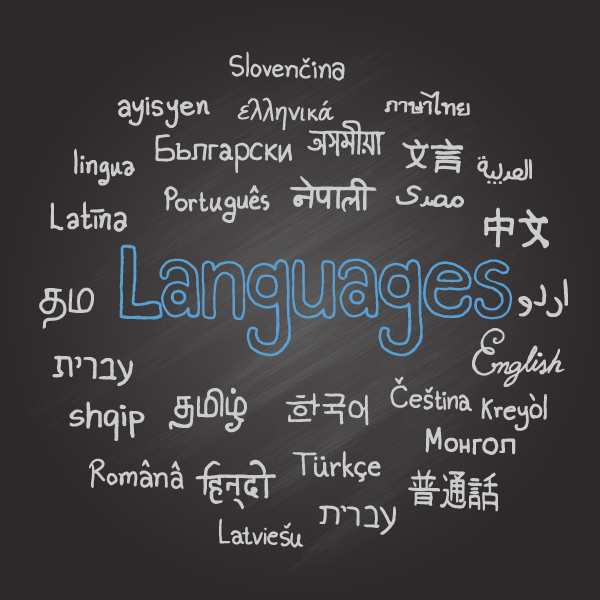
Learning other languages is fun. And to learn another language is to learn more about your own language — especially when it takes on the aspect of learning more about your family tree.
You’ve probably had the experience of meeting new relatives or learning about ancestors and thinking, “Oh, that explains something.” Well, consider this: English was brought to Britain by invaders from what is now northern Germany and was learned by the resident Celts; then Scandinavians invaded and had a significant influence on the language; then the French invaded and had a major influence; then the English started invading other places and stealing their words. So discovering these other languages is discovering English — to get to know them is to get to know our own weird tongue. Such as why we can use either a gerund — learning, discovering — or an infinitive — to learn, to discover — as the subject or object of a sentence.
In French, you learn that this function is served by the infinitive. If you want to say “Seeing is believing,” you say Voir c’est croire, using the infinitives: “To see is to believe.” German has it the same way — Sehen heisst glauben — and so does Norwegian — Å se er å tro. These languages also have in common that they don’t use a present progressive tense as we do: “I am walking” translates to Je marche, Ich laufe, Jeg går — “I walk.”
On the other hand, when you learn Irish or Scots Gaelic you find they have a thing called a verbal noun. “I am walking” in Irish is Táim ag siúl — “I am at walking.” Irish uses the present progressive much as English does, and it uses its verbal nouns where English would use gerunds. (Irish happens to have its own idiomatic phrase for “Seeing is believing”: Is é a chreidiúint — “It’s believing.”) The Celtic inhabitants of southeastern Britain when the Angles and Saxons arrived from Germany weren’t Irish, of course; the language displaced by English was the ancestor of modern Breton, which is still spoken by descendants of Britons who fled to northern France (Brittany). It has the same verbal noun feature, worn down a bit by the centuries and the influence of French.
English, given a choice of two influences, chose to keep both of them. Typical.
English isn’t the only Germanic language that normally uses a present progressive, by the way, as you will discover if you learn Icelandic. Icelandic’s version uses the preposition að plus the infinitive, but in the same way as Irish uses its verbal nouns: “I am walking” is Ég er að ganga. Oh, and it just happens that early Icelanders brought over a lot of Irish and Scottish people to, um, help around the house. Nearly two-thirds of the maternal gene pool and about one-quarter of the paternal gene pool in Iceland is of Irish or Scottish descent.
So there you have it. In languages as in families, to learn is to discover, and seeing is believing.
___
Previous “Linguistics, Frankly” post: Does Verbing Impact the Language?
The Editors’ Weekly is the official blog of Editors Canada. Contact us.
Discover more from L'HEBDOMADAIRE DES RÉVISEURS
Subscribe to get the latest posts sent to your email.
